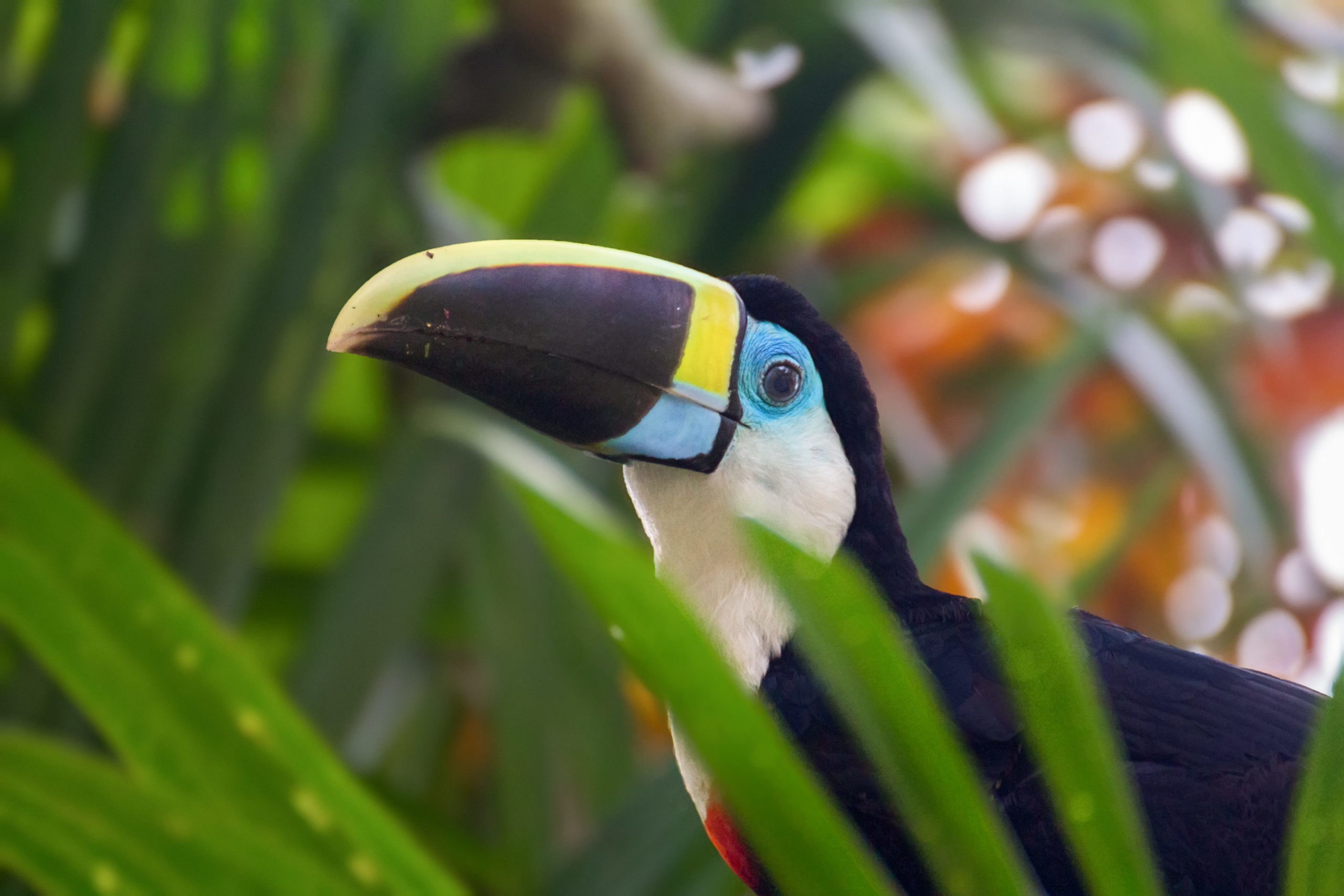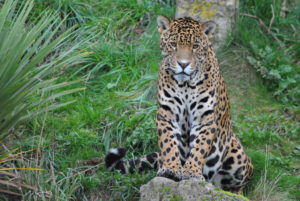For 12 days from today, representatives from more than 190 countries will gather in Egypt to explore how to better protect biodiversity, currently facing grave threats from human activity.
The UN Biodiversity Conference, also known as the Conference of the Parties (COP14), is held every two years. It oversees the Convention on Biological Diversity (CBD), an international treaty to achieve a sustainable future.
“There is much less progress than expected,” said Obdulio Menghi, a biologist and president of the Biodiversity Foundation in Argentina. “The CBD is an empty shell and I do not have much hope for this new summit. The solution lies in the world of economics and with the politicians of every government.”
Worldwide, populations of vertebrate animals such as mammals, birds, fish, amphibians and reptiles have diminshed by 60% between 1970 and 2014, according to the recently published Living Planet report by the World Wildlife Fund (WWF).
Losing biodiversity is as, or more dangerous than the the planet’s rising temperature
Experts believe that the rate of species extinction is currently 1,000 times higher than before humans dominated the planet. They argue that we are going through the sixth mass extinction in geological history. Many species will disappear even before being discovered.
“Biodiversity is sometimes subjugated below climate change. But losing biodiversity is as, or more dangerous than the the planet’s rising temperature,” said Manuel Jaramillo, director of the Fundación Vida Silvestre Argentina, associated with WWF.
Unmet goals
Deemed equally as important as the Paris Climate Change Agreement, the Aichi biodiversity targets were created in 2010. There are 20 ambitious objectives to conserve biodiversity that range from preventing the extinction of species to reducing the rate of deforestation.
Each of the 194 countries that adhered to the goals must comply with them before 2020, when a new agreement must be adopted. With less than two years to go, only 5% of countries are on track to meet the targets, according to a 2016 report by a group of international environmental organisations.
Despite the fact that three-quarters of signatories are making progress, none is moving fast enough to meet the 2020 target. Worse, 20% of the countries have not made any progress or have actually weakened protections for biodiversity
“All the indicators show that not enough effort is being made. It is already openly acknowledged that the goals will not be achieved and that the money from the developed countries for developing countries is not enough,” said Ana Di Pangracio, president of the South American Committee of the Union for the Conservation of Nature (IUCN).
Countries have advanced mainly in two areas of the Aichi targets. The Nagoya Protocol, an international agreement on access to genetic resoriurces, entered into force in October 2014, prior to the slated 2015 deadline.
At the same time, only goal 11 – to conserve at least 10% of marine and coastal areas and 17% of terrestrial and inland waters – has made significant progress in the protection of aquatic biodiversity. More than 80% of countries have achieved objectives to protect life on earth, as outlined in the goal.
However, goal 20, which calls for a substantial increase in financial resources for the care of biodiversity, has been one of the least successful. Less than 15% of countries have managed to fulfill the agreed commitment for 2020.
We must rethink the binding nature and set up of agreements, using the Paris Agreement as an example.
“It is another example of the ineffectiveness of international agreements,” said Jaramillo. “They are non-binding commitments that countries don’t take seriously. We must rethink the binding nature and set up of agreements, using the Paris Agreement as an example.”
Next Steps
After the expiration of the Aichi targets, signatories to the CBD must now develop a new international agreement for biodiversity. They will begin to lay the foundations at COP14 in Sharm El-Sheikh, Egypt.
For Cristiana Paşca Palmer, executive secretary of the CBD, countries must halve the loss of natural habitats and grow protected areas and restoration projects by 10% every 10 years.
In anticipation of a new agreement, Paşca Palmer left the door open to accepting commitments and voluntary contributions similar to those presented in the Paris Agreement. She highlighted the desire to create a “nature fund” for money from governments and companies for developing countries.
“The discussion is whether to take the Aichi targets as a minimum standard or if they must improved and are open to discussion, which can lead to setbacks. They should be a base and aim for more,” said Di Pangracio.
One of the objectives will also be to match the biodiversity goals with the Sustainable Development Goals (SDGs), established by the United Nations in 2015. The SDGs foresee even more demanding biodiversity goals, with nature conservation being a central element.
“The agreement must include the voices of those who have no voice, the rest of the 10 million estimated species on the planet, which inhabit the soil, water, air and provide food, shelter, medicine and welfare,” said Maria Eugenia Di Paola, Coordinator of Environment and Sustainable Development of the United Nations Program for Development (UNDP).
For WWF, a new framework agreement for nature and people should be implemented in 2020, with the objective of reversing the decline in biodiversity by 2030. It should include ambitious commitments and implementation mechanisms and should monitor countries’ actions.
“The global agreement will become important when public and private decision-makers understand that continuing in the same way is not an option for nature. If we can not save biodiversity there will be no way to recover it,” said Jaramillo.







![The sea ice and mountains in Spitsbergen, Svalbard during the Arctic summer [Image by: Josh Harrison/Alamy]](https://dialogue.earth/content/uploads/2018/11/arctic-summer-sea-ice-300x200.jpg)

